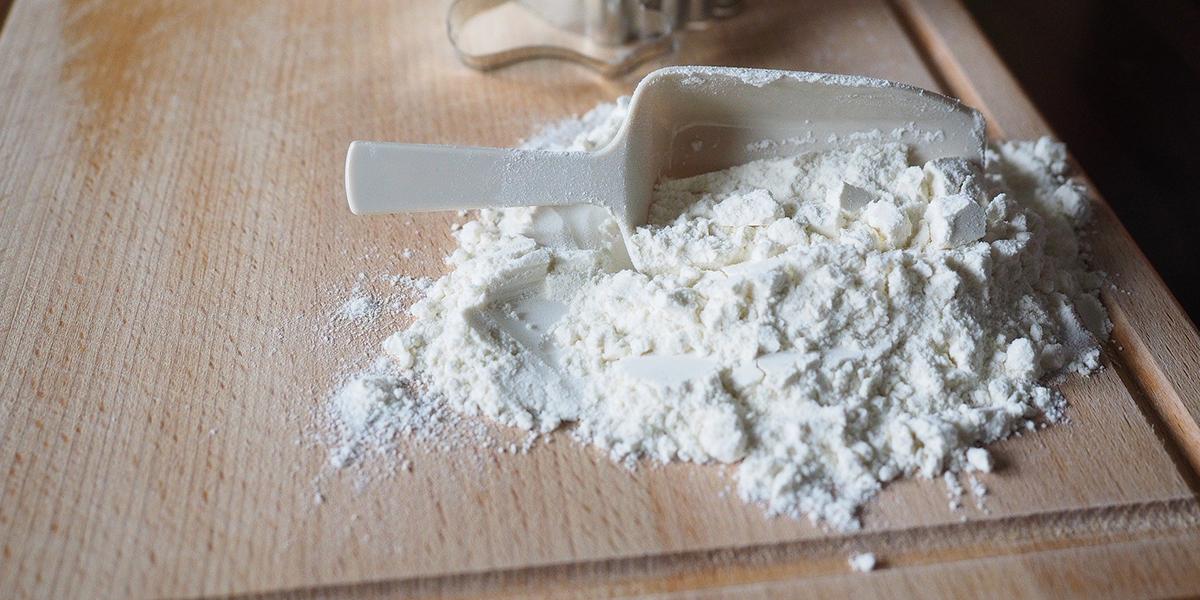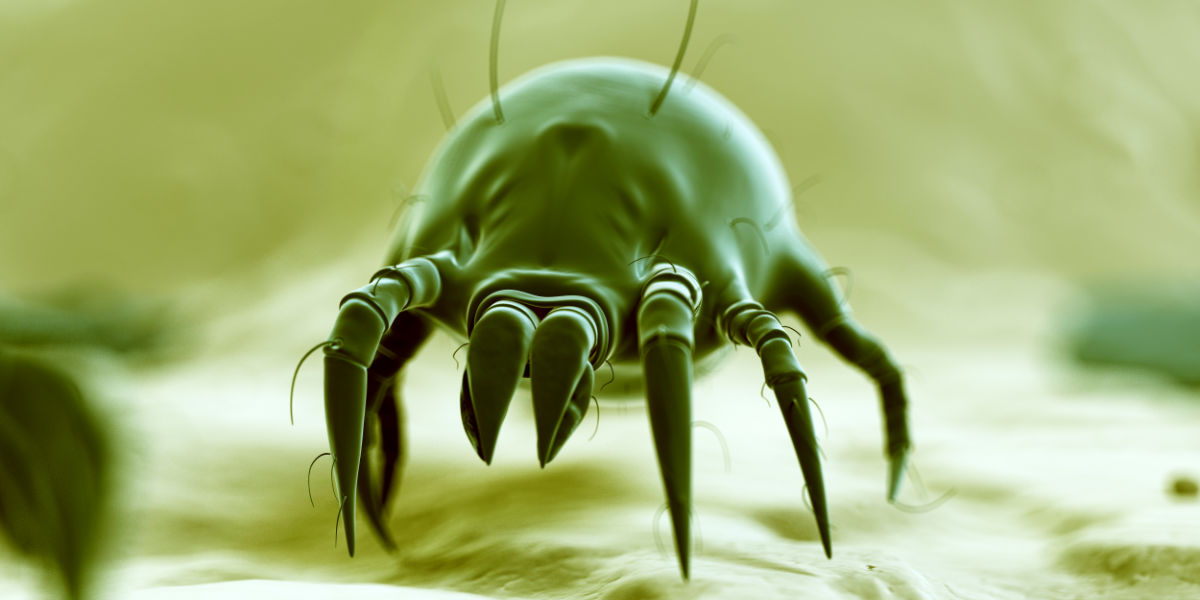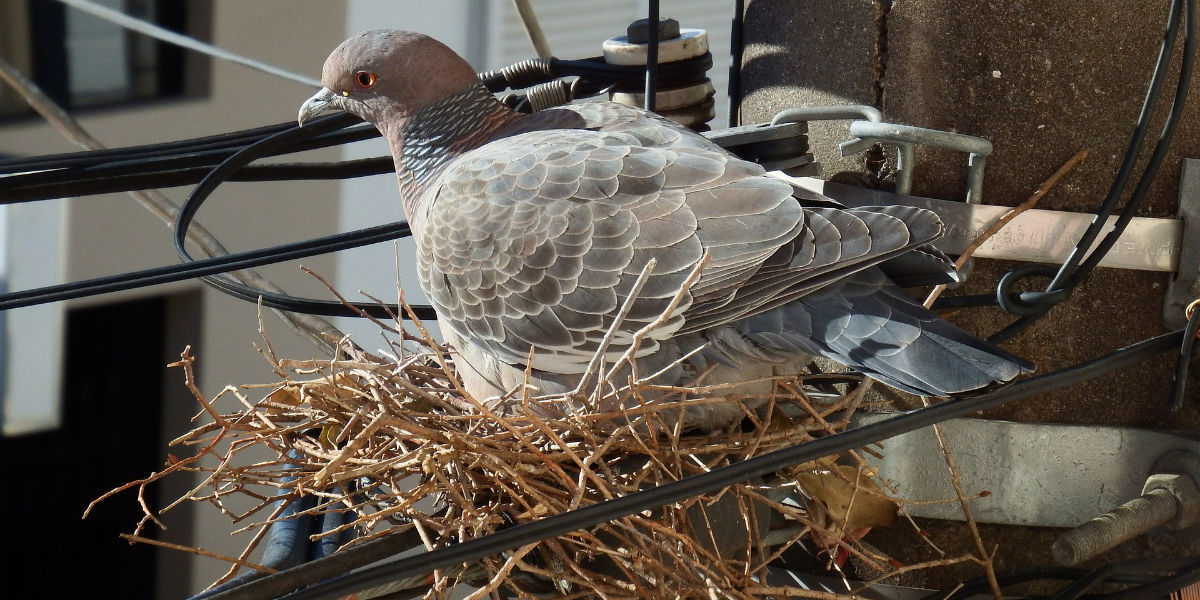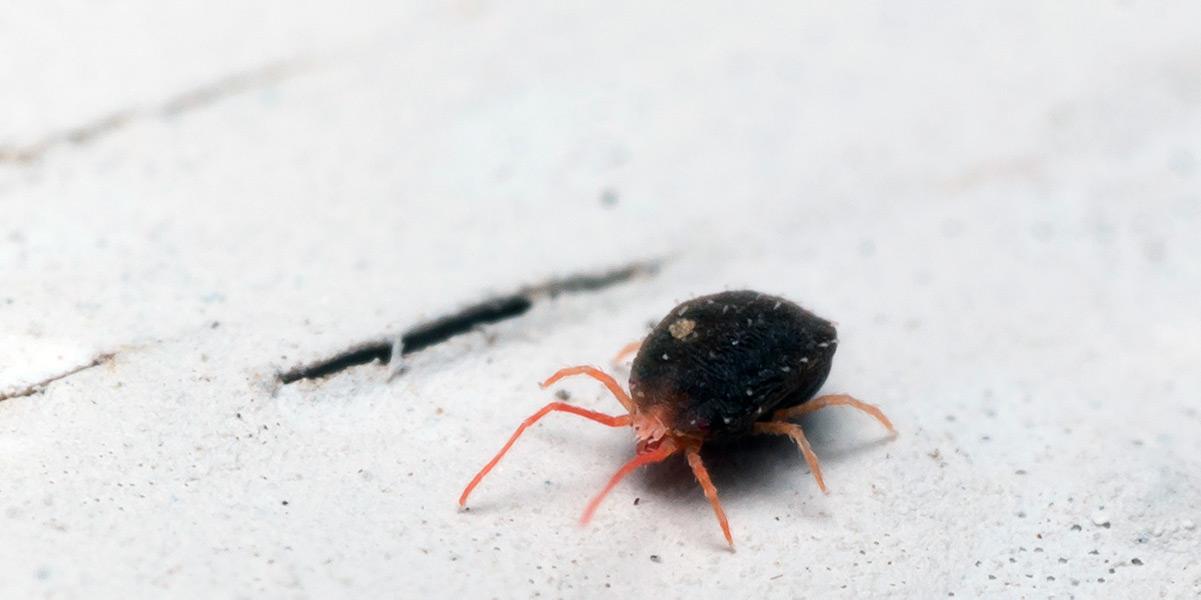Types of Mites and How to Get Rid of Them
It’s quite strange to think that a creature so small could cause us so much stress, and yet mites can be one of the most disruptive pests in the UK. Known for their itchy bites and ability to parasitise a range of different plants and animals – including humans – mites are certainly not a creature to be taken lightly, especially if you think that you have a mite infestation in your home.
In this guide, Pest Defence will be covering all a range of different mites that exist here in the UK, and the steps you should take if you need to get rid of them.
Flour mites

Flour mites are usually introduced into the home through contaminated food such as flour, cereal rice or dried fruit. However, they can also be found on damp plaster. They have white bodies, brown legs and are almost invisible to the naked eye, so it would be extremely difficult to tell whether you had flour mites in your cupboards just by looking. Along with their bites, flour mites can spread fungal spores and cause mould too, so it’s best to throw away any products you find them in immediately.
How to get rid of flour mites
We’ve talked a bit about how to remove flour mites, but we’ll cover it in this guide too, to be thorough.
The first thing you’ll need to do is remove all of the food from your kitchen cupboards and put it into airtight containers. From there, you can start cleaning your cupboards with soapy water to make sure any spores have been removed. Once you’ve done this, you’re going to need to make sure the area is completely dry. Insecticides can also be applied, but we would always recommend leaving this to the professionals.
Dust mites

One of the more common types of mite that we find here in the UK, dust mites can infest our homes, burrow into our mattresses and other forms of upholstery, and feed on flakes of dead skin we leave behind. The real problem with dust mites is that they can cause an allergic reaction in some people, and can worsen other issues such as asthma.
How to get rid of dust mites
Dust mites can be extremely difficult to deal with, so it’s best to take a number of different preventative measures. These include:
- Using a dehumidifier to ensure that the humidity levels in the room are at or below 50%
- Use allergen-impermeable pillowcases and bedsheets to add another layer of protection
- Wash all bedding and blankets once a week on a hot cycle
- Use a damp mop or rag to remove dust, as a dry cloth will only serve to stir up the allergens
If you still want to learn more, here’s a great article about the prevention and removal of dust mites.
Bird mites

Most commonly active during the spring and summer, bird mites are known as such due to their proclivity for parasitising a wide variety of birds, such as pigeons, starlings, sparrows and poultry. However, when birds leave their nests to feed, they have been known to feed off other animals. They are reddish-black in appearance and can populate rapidly once they have found a suitable host.
While bird mites aren’t associated with the transmission of any infectious disease, like other mites, their bite can be very irritating.
Want to learn more about bird mites? Take a look at this in-depth article.
How to get rid of bird mites
The best way to get rid of bird mites is to remove the source: the nest itself. Of course, this is going to be something that you have removed professionally. A professional will also then need to carry out an insecticide treatment of the infected area, and measures will need to be put in place to ensure that the bird doesn’t come back.
If mites have entered and infested the home, this can be a lot harder to treat. Homes with solar panels often have trouble with bird mites because they are the perfect nesting spot for pigeons. If you have solar panels on your roof, you might want to consider pigeon-proofing them to avoid this sort of mite infestation.
Clover mites

This is an outdoor species of mite that tends to live on plants and trees. However, as the summer winds down and autumn approaches, you will find these mites moving indoors through cracks in window frames and other crevices. While clover mites are harmless to humans and animals and cannot damage foodstuffs, they can still be a real nuisance for those who have to harbour them, so it’s best to set about removing them right away.
How to get rid of clover mites
Like all pest problems, removing clover mites is best left to the professionals, so if you notice clover mites in your home, call your local pest controller. In the meantime, the best thing you can do to help prevent more clover mites from entering your home is to ensure that any cracks or crevices where they could enter are properly sealed. This is especially important in the run-up to winter. As a bonus, this could also help improve your home’s thermal efficiency!
Red spider mites

Red spider mites thrive in warm, dry conditions, and are usually only a problem between March and October. They’re an outdoor species that thrive on greenhouse plants and houseplants by sucking away the sap. In severe cases, they can even destroy plants completely. The sort of plants they tend to feed on includes, but is not limited to:
- Vines
- Peaches
- Nectarines
- Cucumbers
- Aubergines
- Peppers
- Orchids
You can normally tell if you have red spider mites on your plants by checking the appearance. Plants with spider mites on them will show a fine, pale mottling on the upper side of the leaves, while the underside may show the faintest appearance of eggshells. Severe attacks may cause plants to completely change in colour and show a fine silk webbing on the stem.
How to get rid of red spider mites
Red spider mites can be a real problem, especially for garden lovers, so it’s important to act quickly. When it comes to the removal of outdoor mites, we would recommend cutting back any vegetation near the infested areas, and be sure to remove any infested plants from areas such as greenhouses or window sills immediately.
Red spider mites can be particularly difficult to control because they can multiply so quickly in hot temperatures and are resistant to some pesticides. The best thing to do is to get in touch with your local pest experts – they will be able to help you decide on the best course of action.
Whether in a commercial or domestic setting, Pest Defence can assist you in completely ridding your property of mites, ensuring that your property is safe for years to come. Our expert team will work quickly and efficiently to remove the problem with minimal disruption. As a trading standard and local authority approved company, you can be assured that all of our work is completely safe and 100% effective. For more information on how we can eradicate your pest problem, get in touch with us today.


